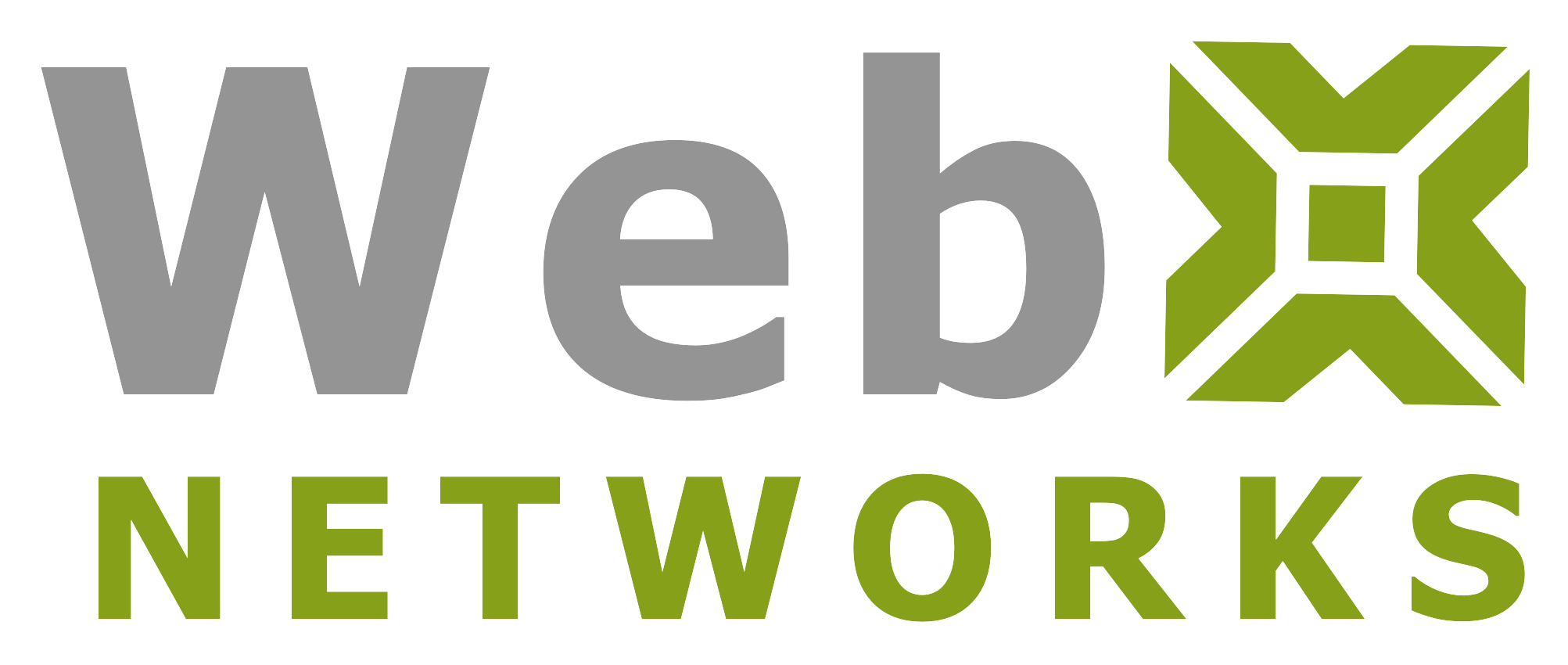WordPress is one of the most popular content management systems (CMS) out there, powering over 40% of all websites on the internet. As a result, it’s often targeted by hackers looking for vulnerabilities to exploit. Therefore, it’s essential to take steps to keep your WordPress site secure. In this blog post, we’ll discuss ten ways to keep your WordPress site secure, along with configuration or code examples where applicable.
1. Keep WordPress, Plugins, and Themes Updated
One of the easiest ways to keep your WordPress site secure is to keep it up-to-date. WordPress, plugins, and themes are constantly being updated to address security vulnerabilities, so it’s important to stay current.
2. Use Strong Passwords
Weak passwords are one of the most common ways that hackers gain access to WordPress sites. Therefore, it’s essential to use strong passwords that are difficult to guess. Here’s an example of a strong password: gS6kW8^1@Jl3
3. Limit Login Attempts
Limiting login attempts can help prevent brute force attacks, where a hacker tries to guess your password by trying many different combinations. Several plugins provide this capability to temporarily block the attacker’s IP address after certain number of failed login attempts.
4. Use SSL/TLS Encryption
Using SSL/TLS encryption can help secure your WordPress site by encrypting data transmitted between your site and its visitors. Your web hosting account can provide TLS certificates for free.
5. Implement Two-Factor Authentication
Two-factor authentication (2FA) can help add an extra layer of security to your WordPress site by requiring a second form of identification, such as a code sent to your phone, in addition to your password. Several free plugins provide this feature to add 2FA, which works in conjunction with free mobile app like Google Authenticator.

6. Use a Web Firewall
Using a firewall can help block malicious traffic to your WordPress site. Wordfence is one of the most popular plugin that adds firewall features to your WordPress driven website.
7. Disable File Editing
Disabling file editing can help prevent hackers from modifying your WordPress site’s files through the dashboard. Here’s an example of how to disable file editing in WordPress:
define( 'DISALLOW_FILE_EDIT', true );8. Use a Content Delivery Network (CDN)
Using a content delivery network (CDN) can help improve your WordPress site’s security by caching content and serving it from multiple locations around the world, reducing the risk of DDoS attacks.
9. Use a Security Plugin
Using a security plugin can help automate many of the security measures we’ve discussed, making it easier to keep your WordPress site secure. These plugins can monitor and block attacks, as well monitor your WordPress files for any unintentional changes.
10. Regularly Back Up Your Site
Regularly backing up your WordPress site can help ensure that you can quickly recover in the event of a security breach or other disaster. You can backup in a remote location or download a copy to your local computer.
Conclusion
Keeping your WordPress site secure is essential to protect your data and your visitors’ data from malicious actors. By following the ten steps we’ve outlined in this post, you can help ensure that your WordPress site is secure and protected from common vulnerabilities. Remember to keep your WordPress site updated, use strong passwords, limit login attempts, use SSL/TLS encryption, implement two-factor authentication, use a firewall, disable file editing, use a content delivery network, use a security plugin, and regularly back up your site. By taking these steps, you can help ensure that your WordPress site remains secure and protected.
GET IN TOUCH
